The Tiger Tank
Not many tanks polarise opinions like the Tiger tank does. Many things have been said about German armour in general and the Tiger I in particular. Some claimed it was a waste of resources, that the money, man hours and steel required to build them could have been better used to manufacture cheaper, better suited vehicles such as the Pz IV or the StuG. Others regard it as the ultimate tank in WWII, an icon, a legend.
Very few people stand in between those two extreme point of views. Let’s have a look into some objective facts and figures, shall we ?!
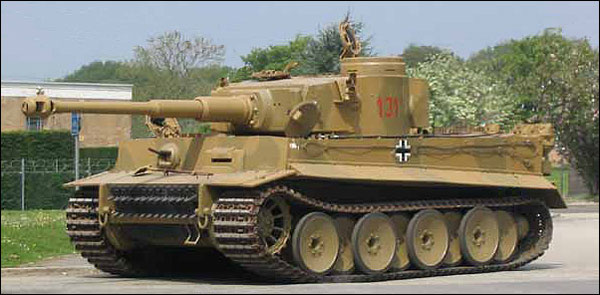
DOCTRINE AND DESCRITPION. SOME FIGURES AND NUMBERS
The Tiger was classed as a Heavy Tank. Prior to WWII, heavy tanks were seen as machine advancing alongside the infantry, providing said infantry with fire support.
Not the Tiger Tank, though. The Tiger stemmed from a concept that saw the Heavy Tank as a breakthrough machine. A tool used to pierce the enemy’s defensive line. To excel in that role, this tank would need good mobility, a strong armour as the enemy would make it a prime target and a good anti-tank gun capable of engaging counter-attacking tanks as well as engaging bunkers, fortifications and enemy anti-tank guns. It was recognised that the main threat to this platform was to be other tanks so the Tiger’s anti-tank capabilities were enhanced.
On the attack, the Tiger would become the tip of the spear engaging targets and clearing a path through the enemy lines. It would also act as a shell magnet, attracting attention onto itself and therefore providing relief for the infantry and medium tanks following it.
When used as a defensive tool, the Tiger could be used as a standoff weapon platform, using the longer range afforded by its accurate gun and great optics to engage and destroy enemy armour way before the enemy had a chance of getting within their own engagement range. Alternatively, the Tiger could be kept in reserve behind its own lines, ready to be unleashed onto an enemy breakthrough, to stem the flow of enemies and give the Germans a chance to regroup and plug the gap.
The full name of the Tiger I was “PanzerKampfWagen Tiger Ausf E.” Sometimes followed by the mention “Sd.Kfz.” which stands for “Sonderkraftfahrzeug” Which means “Special purpose vehicle”. That mention is very important. It implies the Tiger Tank was never meant to replace lighter counterparts such as the Panther or the Pz IV. It was never meant to be produced in huge numbers. It was a special vehicle for special missions. Criticising the vehicle saying it was a waste of resource does not take into account the fact that from the beginning, a limited run of Tigers was to be produced to suit limited objectives and limited operational requirements.
1347 Tigers were produced at a unit cost of 250,800 Reich Marks. 8553 Pz IV were produced at an average price of 103,462 Reich Marks. So for the price of 1347 Tigers, the Germans could have built an additional 3200 Pz IV instead. Would those 3200 Pz IV have made a difference ? It it doubtful considering the Soviets manufactured 58,701 T-34 throughout the war. At the same time, the Americans produced 53,776 Shermans.
As a special purpose vehicle, the Tiger tanks would only be given to handpicked crew members. Men who had gone through 6 months to a year at the “Panzer Academy” before proving themselves on the battlefield. Only the best got their hands on a Tiger. The Tiger had a crew of 5. Its V12 Maybach produced 690BHP and gave the Tiger a range of 110km to 195km and a top speed of 38km/h. For comparison, the Pz IV had a maximum range of 200km and a top speed of 42km/h The engine and transmission had to deal with the 56.9 tons of the vehicle. As a result, the transmission was often overstressed.
The Tiger was rather surprisingly agile for its size and weight and its wider tracks gave it a better mobility on bad terrain than lighter tanks fielded by the allies such as the Sherman. The turret rotation velocity was slow with a full 360 degrees operated in 60 seconds when the engine was revved at 3000RPM. But to compensate, the Tiger could neutral steer (pivot/rotate in place). One Tiger crew famously adept at this method was Wittman’s crew who became accustomed to this when manning StuGs on the Eastern Front.
The main drawback of the Tiger was that it was maintenance intensive and therefore a logistical nightmare. Regular periodic maintenance was essential to keep the Tiger operational. Failure to do so would almost invariably result in breakdown. On top of the needed periodic maintenance, the Tiger needed 540 litres of petrol per fill up and repairs in the field were never simple due to over-engineering. Long range transport / commute from one side of the battlefield to another required trains equipped with bespoke carts and in such case, the Tiger had to be equipped with narrower transport tracks. Once arrived at destination, the wider combat tracks had to be fitted all over again.
As previously said, the Tiger was not logistic friendly at all.
Steps were however taken throughout WWII to solve or at least alleviate some of the Tiger’s problems by incrementally improving the vehicle.
In May 1943, a modified version of the Maybach engine was introduced, it barely produced more power but was more reliable. In July 1943, the turret was redesigned, with a different commander’s cupola, optics and improved gun counter-balance. In February 1944, new improved road wheels with rubber cushioning were introduced. In March 1944, grenade launchers were fitted on the sides of the turret and the thickness of the turret’s roof and loader’s hatch was increased. From April ’44 onward, new optics were fitted.
A user’s manual was also released for Tiger crews. Called the TigerFibel, it gave a lot of advices on how to get the best out of the tank, its gun, armour and tips on maintenance and on how to operate the tank without stressing its transmission or components.
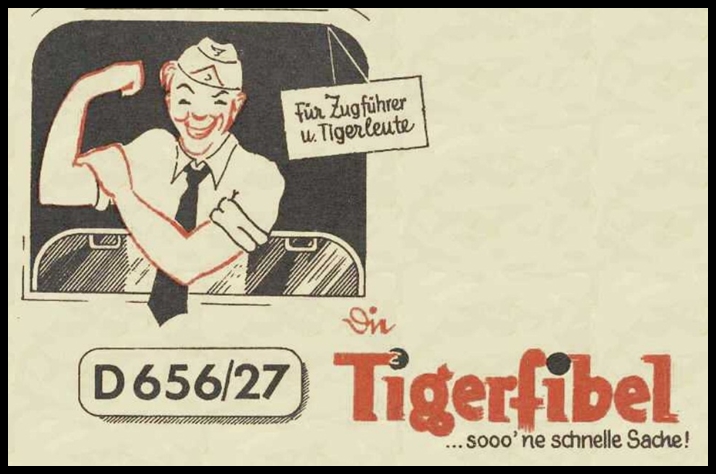
Contrary to people’s perception, the Tiger was not overly unreliable. The amount of Tiger operational throughout the war averaged 67%. That puts the Tiger right between the Panther (63%) and the Pz IV (69.5%).
ARMOUR, GUN, AMMO AND OPTICS
The armour
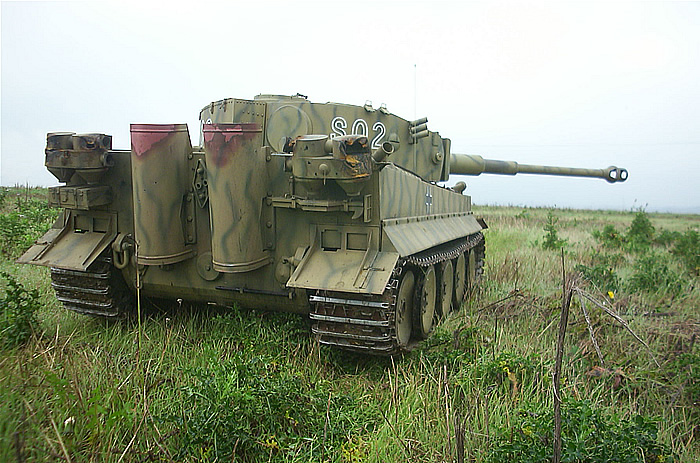
The armour on the tiger had very little slopped area. To compensate, it was made of very good quality steel which was very thick. The frontal armour was between 100mm and 120mm thick while the side armour was between 60mm and 80mm in thickness. That thickness overmatched most Allied anti-tank projectile at the time the Tiger was first introduced onto the battlefields.
It was made of interlocking electro-welded rolled homogenous plates. The Brinell hardness was 255 to 280, significantly better than plates of the same thickness used by the allies at the time (200 to 240). Tests conducted by the British on a Tiger captured in Tunisia showed that the German Nickel Steel plates used for this tank were on average 13% more resistant to penetration than similar British plates.
Another advantage of the Tiger’s armour is that while the armour was strong, it wasn’t brittle and did not crack. Otto Carius reported that fact saying that when an enemy shell hit the Tiger at an angle, it left a groove on the steel “like a finger trace on butter”.
All those qualities ensured this tank could take heaps of punishment and keep on going.
The best example is Tiger 121 from 503rd Heavy Panzer Battalion
This Tiger I tank was ambushed on the Eastern front in 1944. It sustained 2 hits from Soviet 45mm anti-tank guns, 14 hits from 57mm guns and 11 hits by 76mm guns. It was also on the receiving end of several dozen hits from anti-tank rifles. The Tiger sustained a damaged track and 2 broken suspension arms. It nevertheless managed to limp 60km back to friendly lines on its own power, with its crew shaken but safe and sound.
This tank was subsequently displayed at one of the two tank crew training facilities in Germany so that future panzer crews would learn to trust their machines.
The gun
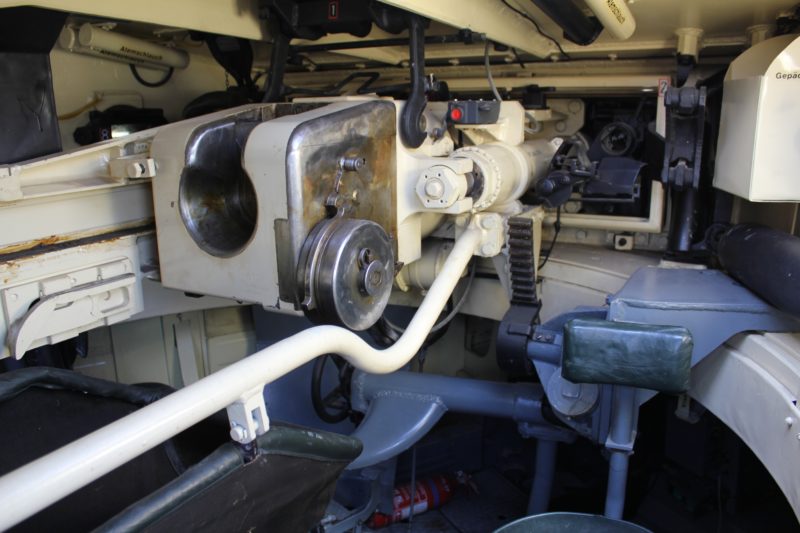
The Tiger I gun was the 8.8 cm KwK 36 L/56. The 88mm was adapted from the famous Flak gun (8.8cm Flak 36). It was an excellent AA and anti-tank gun, it packed a punch, was accurate, had a high muzzle velocity and a flat trajectory.
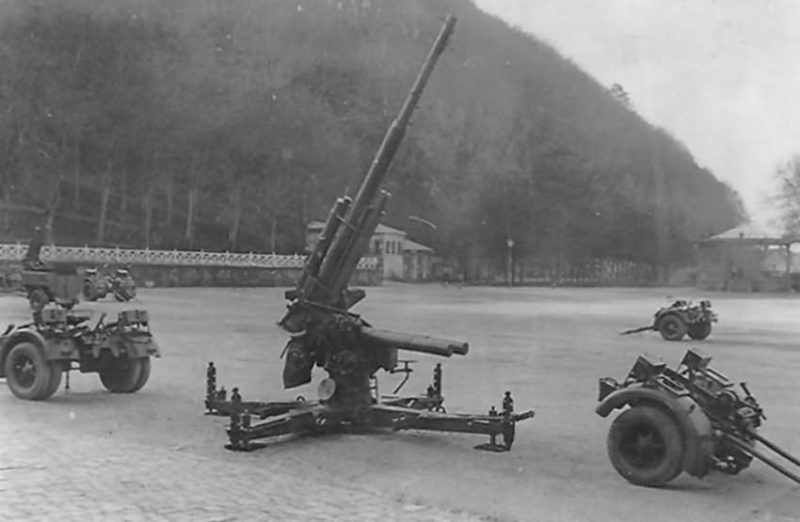
It could penetrate up to 120mm of armour at up to 2km which means that when the Tiger was introduced in 1943, it could overmatch most armoured vehicle it would encounter on the battlefield. The accuracy was also great. In training, it was shown to be 99% at 1km and still at 71% to 87% at ranges of up to 2km, although in real combat situation, the hit probability at such a long distance could drop as low as 31% to 50%. Still, thanks to its range and accuracy, this gun gave the Tiger a stand-off capacity whereby a Tiger crew could engage enemy tanks at long range way before those tanks could accurately return fire.
The ammo
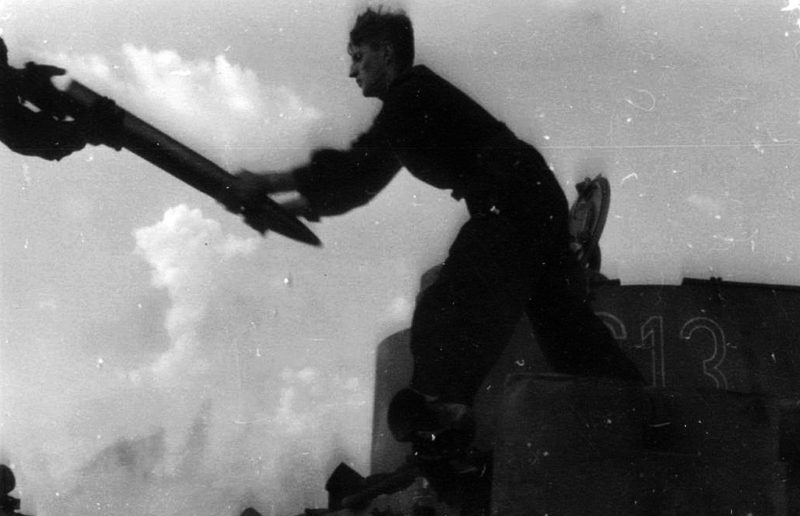
The main rounds used by the Tiger’s 88mm gun were the Panzergranate Pzgr.39, Pzgr.40 and the Gr.39 HL . The Pzgr. 39 was an APCBC round with an explosive filler and a tempered ballistic cap that helped the shell penetrate sloped plates. The Pzgr. 40 was much rarer and had a Tungsten core. They were rarely available due to shortage of Tungsten in wartime Germany. They also had access to the Gr.39 HL which was a HE shell. The tank could carry 92 rounds in total.
The optics
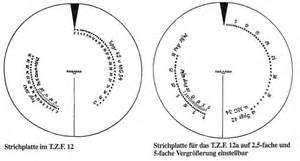
The Tiger was introduced with the Turmzielfernrohr – 9b.1 binocular optics which has a 2.5 magnification. By April 1944, those were replaced by the Turmzielfernrohr – 9c with two sets of magnification: 2.5X with a wide field of view and 5X with a narrow field of view.
The optics were of the highest quality and contributed greatly to the Tiger’s famed accuracy.
CONCLUSION
The Tiger is venerated by some and hated by others. One can objectively say it was far from perfect. At a time when wartime Germany was struggling to maintain its war machine ticking, such a logistic and maintenance heavy tank could be a burden and a nightmare for support crews and supply lines alike.
Then again, Tiger made it up for it by being a formidable offensive and defensive platform, performing well in both close-up and stand-off ranges.
The performances of the Tiger on the battlefield could be attributed to several factors. Amongst them, the excellent armour made of superior quality steel, the optics, the 88mm gun, but also the highly trained and experienced crews that were picked to take over those tanks.
The Tiger dominated the battlefield from 1943 to mid 1944 after which attrition on the machines, crews, supply lines and Germany’s industry as well as the introduction of new heavy tanks by the allies turned the tide against it. Yet, as the war wore on, the Tiger crews gained immense amount of experience and confidence in their tank, enabling them to remain a threat to allies tanks all the way to the end of the war.
A good example of this occurred in February 1945 when a Tiger encountered a vastly superior Pershing and disabled it. The Tiger fired three rounds in quick succession. One round damaged the Pershing’s gun, one hit inches under the commander’s cupola and one went through the turret’s machine gun aperture which is certainly the only part of the Pershing a Tiger could penetrate. This one killed two crew members.
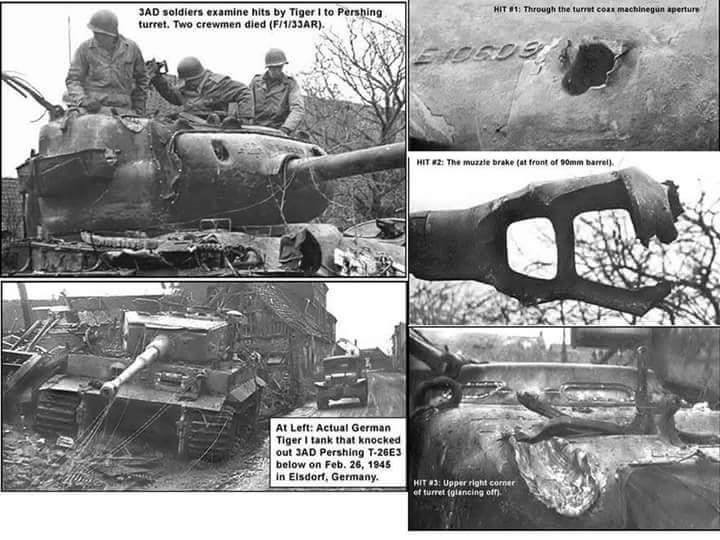
The Tiger was designed as a tank killer and in that respect, it fulfilled its aim. The kill ratio of 19.1 is sometimes mentioned but is too high a number to be realistic; although the amount of kills a handful of Tiger aces achieved could easily push the average ratio up by a significant margin. Three Schwere Abteilungs (Heavy tank battalions) equipped with Tigers reported kill ratio of 10.1.
Accounting for fake kills that turned up to be disabled tanks that were retrieved, repaired and reused, the more conservative figure of 6 to 1 is a safer more objective bet. Even though a kill ratio of 6.1 remains an impressive figure, it simply wasn’t enough to stem the flow of tanks the allies could produce and field.
It was enough, however, for a relatively small amount of Tigers (1347) to become a legend in their own right.



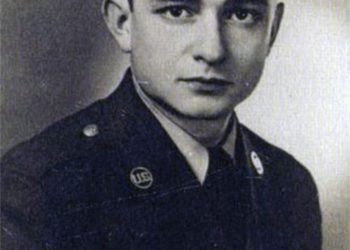

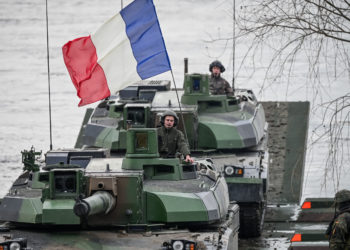
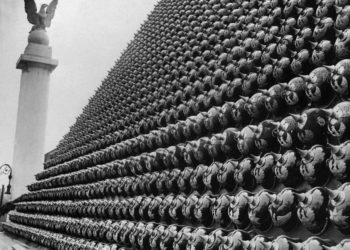
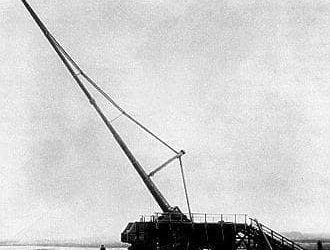
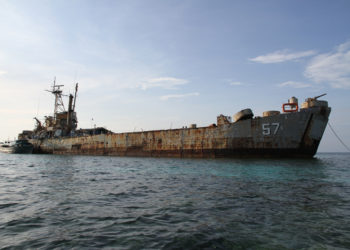


Полностью трендовые новости моды.
Абсолютно все эвенты лучших подуимов.
Модные дома, лейблы, haute couture.
Новое место для трендовых хайпбистов.
https://outstreet.ru/
Абсолютно все трендовые новости часового мира – актуальные модели лучших часовых компаний.
Абсолютно все модели часов от бюджетных до супер дорогих.
https://bitwatch.ru/